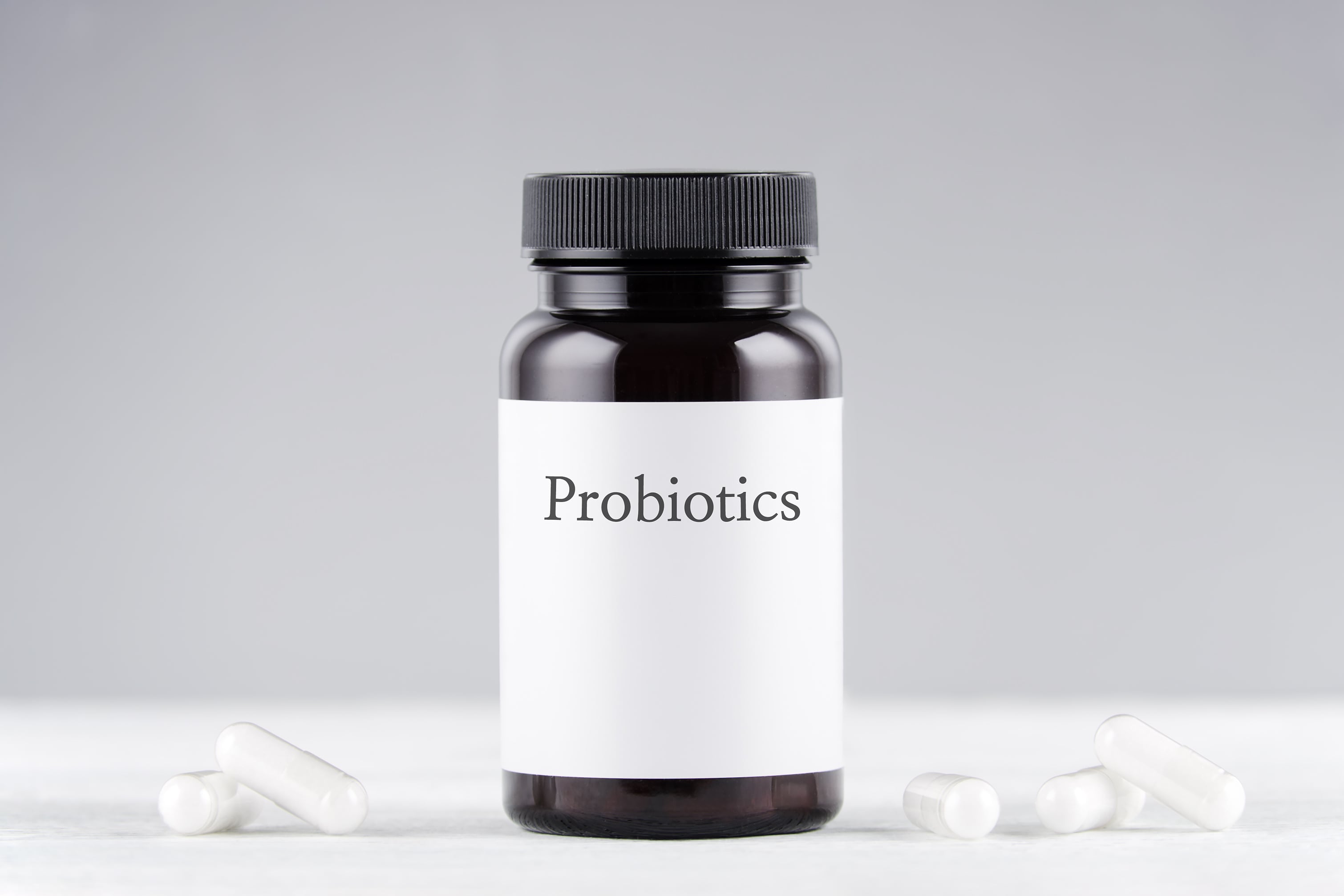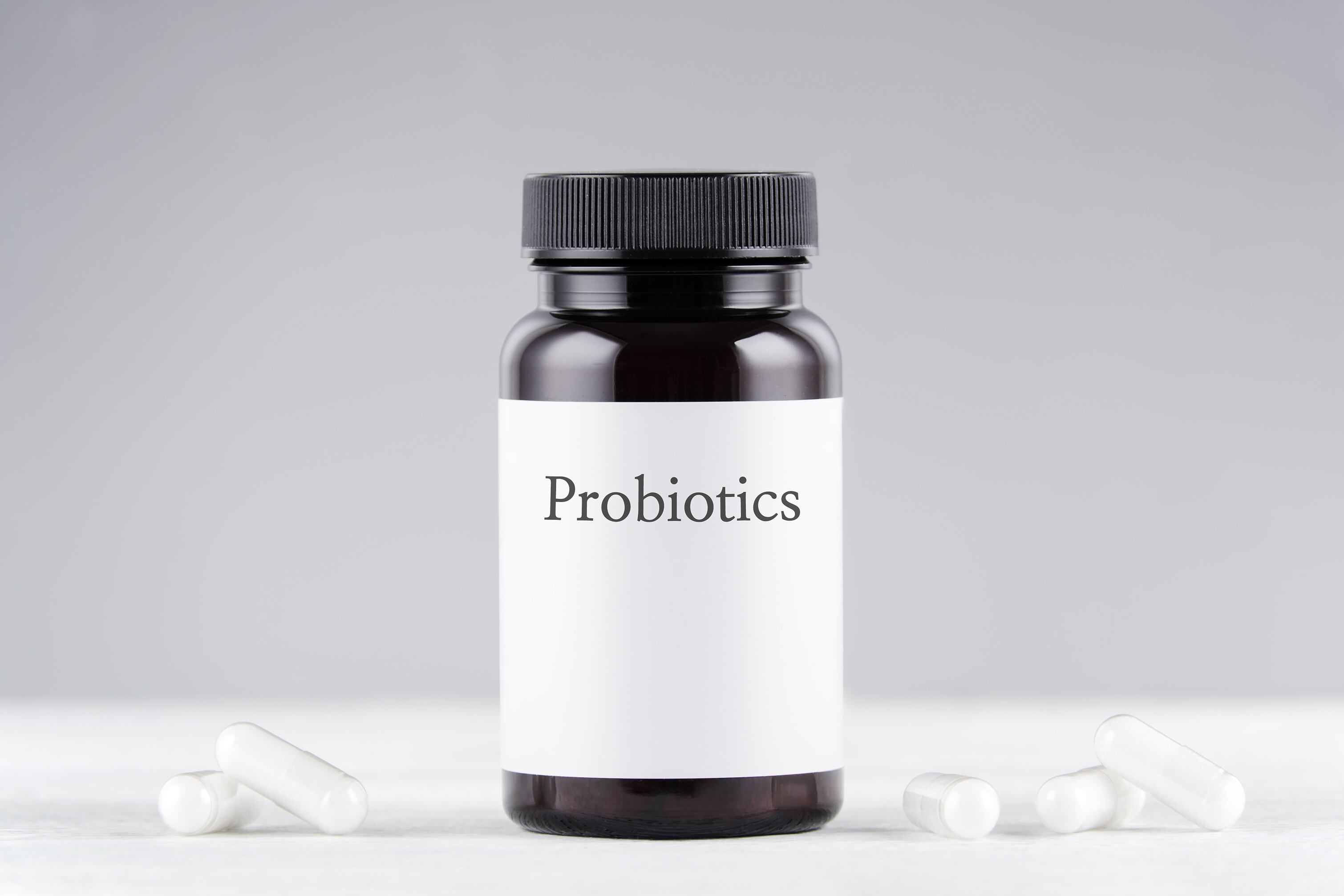The new review is authored by Marie-Eve Boyte (NutraPharma Consulting Services), flow cytometry expert Marco Pane (Probiotical), and PCR experts Andrzej Benkowski (Eurofins) and Hanan Shehata (Purity-IQ). The paper was supported by the International Probiotics Association (IPA).
Commenting on the review, George Paraskevakos, IPA’s executive director, told us: “Plate count is a very old technique (over 100 years), and everything in our sector has moved forward very fast, except this.
“We wanted to showcase not only what is new, but what is out there and being applied in the industry. The paper was long overdue,” he said.
Plate counts
Probiotic products on shelves in the United States must label the beneficial microorganisms in milligrams. The International Probiotics Association petitioned the US Food and Drug Administration in 2016 to allow for the voluntary use of CFUs (Colony Forming Units) on a label. FDA issued a draft guidance in 2018 allowing for declarations of probiotics in CFUs, in addition to milligrams.
CFUs, or colony forming units, are measured using a plate count technique: This “gold standard” technique involves culturing bacterial cells in an appropriate agar, and then physically counting the probiotic’s ability to generate a colony of cells. This it is a representation of the bacterial pool within the sample which can replicate and grow within the experimental setting consequently it is a direct evaluation of the cultivability.
“Although viability has widely been measured by cultivability, there has been agreement that the definition of viability is not limited to cultivability,” explained the authors of the new review in Frontiers in Microbiology. “For example, bacterial cells may exist in a state known as viable but not culturable (VBNC) where the cells lose cultivability but can maintain some of the characteristics of viable cells as well as probiotic properties.
“This led to questioning the association between viability and cultivability and the accuracy of PC in enumerating all the viable cells in probiotic products. PC [plate count] has always been an estimate of the number of viable cells and not a true cell count.”
Next Generation Probiotics (NGPs) also pose a challenge for plate counts because many of them are difficult to culture in routine laboratories due to their anaerobic nature (in other words, they are very sensitivity to oxygen).
“Another emerging category of biotics is postbiotics, which are inanimate microorganisms, also often referred to as tyndallized or heat-killed bacteria. Obviously, culture dependent methods are not suitable for these products, and alternative methods are needed for their quantification,” added the authors.
Advanced techniques
The new review explores culture-independent methods, such as flow cytometry, and different DNA-based methods such as qPCR and dPCR, all of which have their own unique features and advantages.
Momentum really picked up for Flow Cytometry in 2015 with the publication of ISO 19344, an international standard for the quantification of lactic acid bacteria by flow cytometry in fermented products, starter cultures and probiotics used in dairy products. (IPA commissioned a paper on flow cytometry in 2017/18 by Martin Wilkinson from the University of Limerick, which was published in Trends in Food Science & Technology.)
Flow cytometry itself has been around for decades and works by adding a fluorescent stain(s) called fluorophores to a solution of cells and passing these through a tiny funnel which sorts them into single file. A laser is used as the light source and the fluorophores allow the detector to differentiate between live, dead and/or damaged cells.
Two measures are obtained at the end, the TFUs or total fluorescent units (all the cells, regardless of their state), and the AFUs or active fluorescent units (all the viable (live) cells).
“An interesting use of [flow cytometry] in novel strain applications belong to the recent Novel Food approval by EFSA of Akkermansia municiphila, which has been approved as a novel ingredient based on the data provided in TFUs since it is a pasteurized ingredient, which functionality resides not on the cellular metabolism but on a specific membrane protein,” wrote Boyte and her co-authors.
PCR techniques
Polymerase Chain Reaction (PCR) methods are techniques that would allow differentiation between species or strains, because this amplifies a particular DNA sequence, and creates millions of copies that are easy to detect, explained the authors.
Two specific PCR methods are used for quantifying probiotics: real-time PCR (qPCR) and digital PCR (dPCR), and both have significant advantages over plate counts, such as having higher precision, higher throughput, and higher speed, while also being able to quantify individual strains in multi-strain blends.
Moving forward: Collaboration and best practice guidance
In their conclusions, Boyte and her co-authors stated: “The advancement and refinement of these techniques have potential implications far beyond the probiotics field, heralding a new era in microbial research and its numerous applications across various domains of human health.”
They also noted that “creating a central depository for commercial strains, physical materials and whole genome sequences, would be of great benefit when evaluating the strain specificity of the developed strain-specific markers. As the probiotics field continues to mature, it is critical that the scientific community and industry stakeholders work collaboratively to further refine these methods, champion their adoption, and work toward the establishment of global, harmonized standards.
“This will not only enhance the reproducibility and comparability of research data, but also ensure the delivery of high-quality, well-characterized probiotic products to consumers, underpinning their confidence in the market and driving the growth of this important sector.”
IPA’s Paraskevakos told us that his organization is exploring a best practice guidance for the analytical techniques. “From our work at ISO to help create one validated plate count method, there are so many other great technologies that must be considered, and we are spreading the word on all that is happening in our industry, i.e. postbiotics, next gen biotics, etc. A best practice guidance is what is needed to lay the groundwork for adoption with regulators and into public standards database.”
Source: Frontiers in Microbiology
2023, Volume 14, doi: 10.3389/fmicb.2023.1304621
“Probiotic and postbiotic analytical methods: a perspective of available enumeration techniques”
Authors: M-E. Boyte, A. Benkowski, M. Pane, H.R. Shehata




